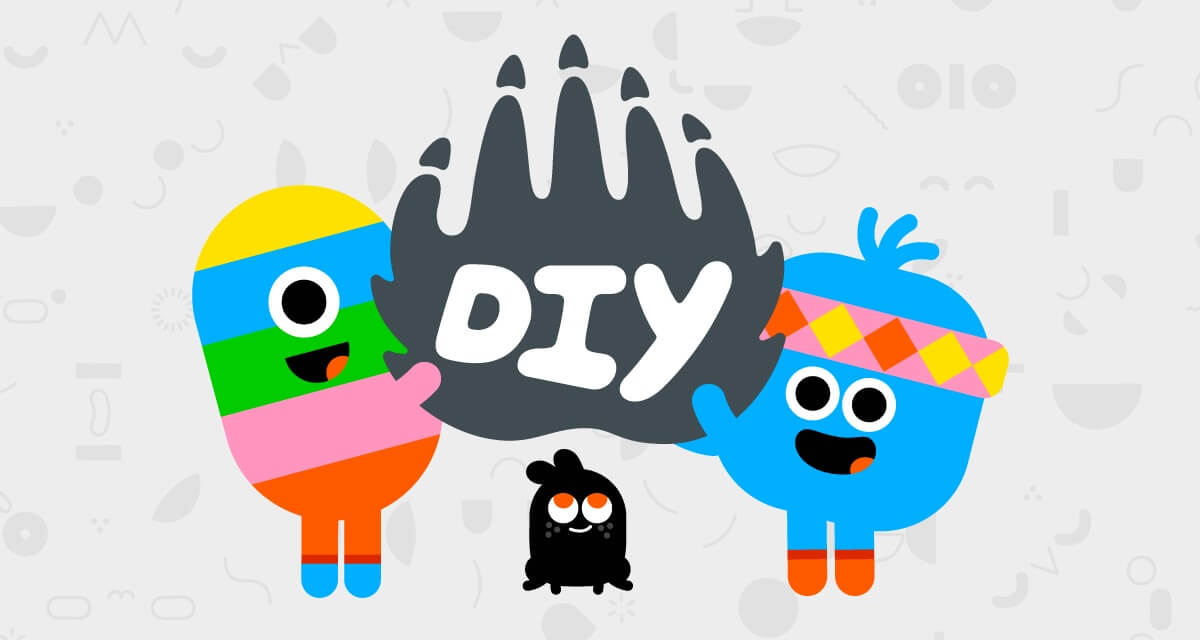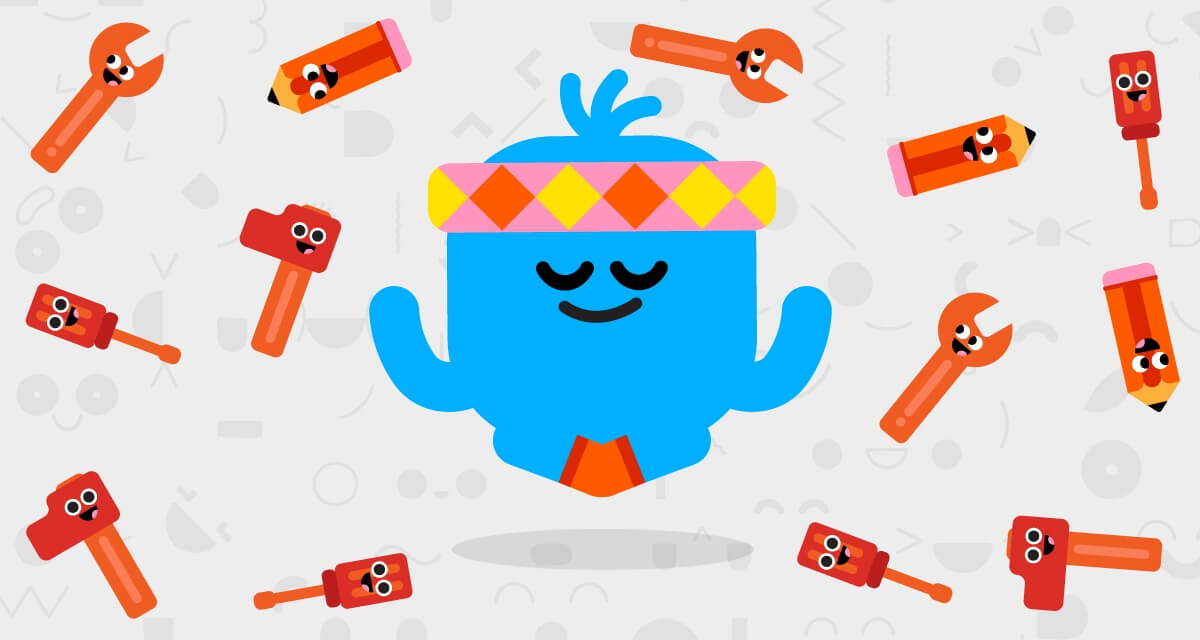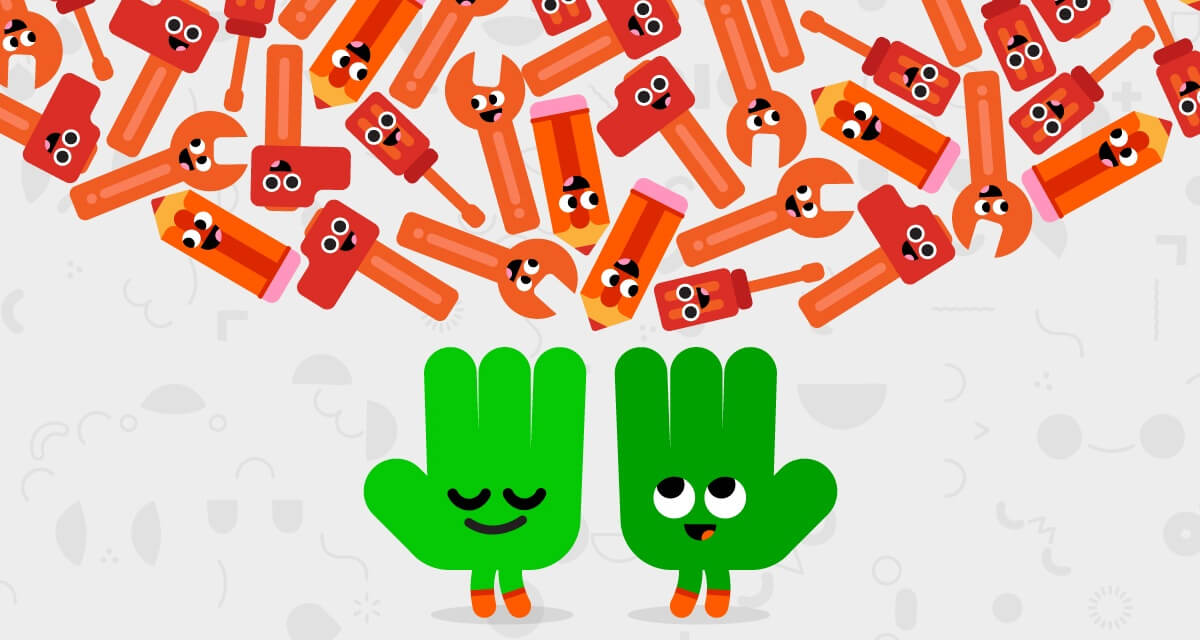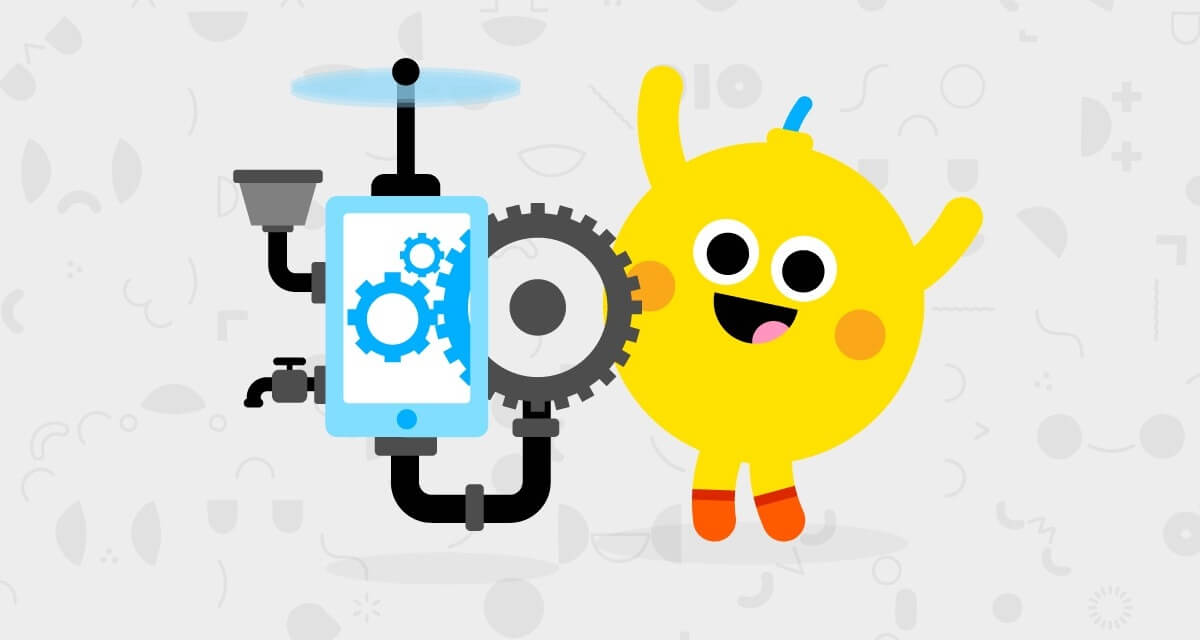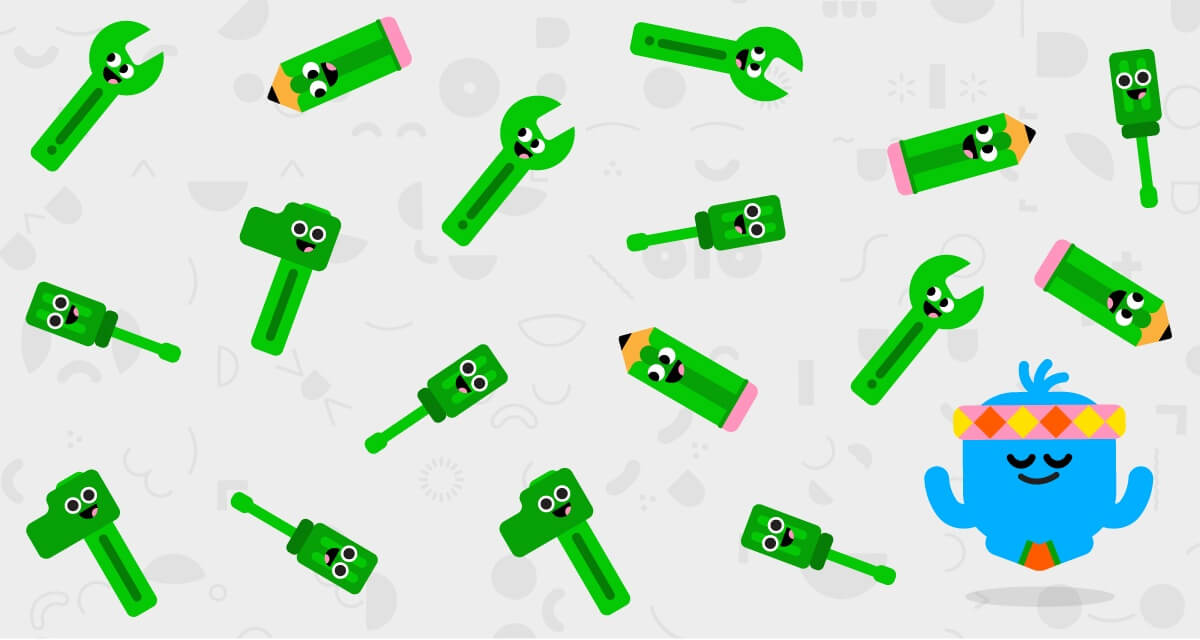- By
- Parker Barry

DIY’s Paul Long
One of the things DIY.org does well is connect online and offline learning in an authentic way. But one aspect of DIY is done completely offline: the in-house workshops.
These workshops, the brainchild of workshop director Paul Long, happen at DIY’s San Francisco office and draw kids from the local neighborhood and beyond who come to make and create.
Paul is the definition of living your passion. “In another lifetime Paul would have built toys for Santa,” said DIY founder and CEO Zach Klein. “The workshops are really an opportunity for him to share his personal joy of making these things with kids. We leave it to him to delight.”
Toca Magazine asked Paul about his journey to DIY and his approach to working with kids.
Toca Magazine: What was your path to get to DIY?
Paul: I went to school in Louisville, Kentucky, for mechanical engineering. It was a five-year program and you received a master’s degree when it was all over. I was pretty miserable by the third year, but decided I was close enough to a degree to finish, so I did.
 After graduation I wanted to get far away from engineering and so I worked a seasonal job at a place called the Outdoor School in Marble Falls, Texas. It was like summer camp meets the classroom. It was exhausting but I loved it. It made me realize that working with kids could be a thing that I do, and that even if I had zero discipline skills I really loved connecting with the kids and sharing my knowledge with them. After that I tried to get a “real” job and decided I might like product design because it felt more creative and used my degree. Fast forward a bit and that’s no good, either.
After graduation I wanted to get far away from engineering and so I worked a seasonal job at a place called the Outdoor School in Marble Falls, Texas. It was like summer camp meets the classroom. It was exhausting but I loved it. It made me realize that working with kids could be a thing that I do, and that even if I had zero discipline skills I really loved connecting with the kids and sharing my knowledge with them. After that I tried to get a “real” job and decided I might like product design because it felt more creative and used my degree. Fast forward a bit and that’s no good, either.
It made me realize that working with kids could be a thing that I do … I really loved connecting with the kids and sharing my knowledge with them.
I floated around a while, going to India for a few months and working with an NGO that I discovered by hooking up with this great nonprofit in Cincinnati called design impact. I felt like I wanted to work with kids, but also use my love of making and the knowledge I had slowly gained by figuring stuff out on my own, outside of school. My girlfriend at the time (now my wife) got a scholarship to the San Francisco Art Institute for printmaking, and so I started looking for jobs in SF.
 I stumbled across this amazing job posting for Maker in Chief at a place called DIY. Everything about it sounded perfect. Making things. Working with and for kids. Sharing a love of making and trying and discovering. The job posting was about a month old, and the job was long gone, so I decided to make something to send to the co-founders of DIY to try and up my chances of working there, doing anything.
I stumbled across this amazing job posting for Maker in Chief at a place called DIY. Everything about it sounded perfect. Making things. Working with and for kids. Sharing a love of making and trying and discovering. The job posting was about a month old, and the job was long gone, so I decided to make something to send to the co-founders of DIY to try and up my chances of working there, doing anything.
I researched (aka, internet stalked) Zach, Isaiah, Daren and Andrew and made each of them something I thought related to them in some way. Then I made a hand-crank box to ship it all in. They thought it was great (and slightly creepy) and I started doing contract work there, creating skills. A few months later I was hired on full time and when we moved to the new office (the one we’re in now) I started teaching workshops and running the physical market. Toca Magazine: The DIY workshops are pretty much a one-man show. What’s your process for choosing activities and planning workshops?
Toca Magazine: The DIY workshops are pretty much a one-man show. What’s your process for choosing activities and planning workshops?
Paul: I choose activities that I’m interested in. I don’t necessarily have to know a lot of them, but I definitely have to be excited to explore them further and share what I’ve learned. I think that’s the best part of learning something: to get good enough to show someone else how to do it. It becomes a great way to be social, and I think that’s what’s great about in-person workshops, and DIY, too. It gives you permission to talk to other people, possibly even strangers. That can be hard in other situations, but if you’re making something together it can be a really relaxing and safe environment.
I think that’s the best part of learning something: to get good enough to show someone else how to do it.
I usually don’t go crazy on planning because I learned early on that plans and working with kids don’t mix very well. I try to create a couple of examples if I don’t already have a few on hand. Usually a basic, entry-level sample and something a little more challenging. There’s been a few times when I realize during the first workshop that I missed the mark, and so I’ll try and step off to the side and quickly make something that’s easier for the kids to connect with. Toca Magazine: What’s your approach to working with kids who get frustrated when things don’t go as planned?
Toca Magazine: What’s your approach to working with kids who get frustrated when things don’t go as planned?
Paul: That’s been really hard for me. I try and give hints and suggestions early on so kids don’t get too far along and hit a wall, but I don’t want to tell someone how to do something step-by-step either. Plus, some kids need to see for themselves whether or not something will work, and that’s great, but the workshops aren’t usually long enough to fail and then try again.
 Some of the younger kids get frustrated because their physical skills don’t match up with their creativity, and that’s frustrating, too. I try to remind them that the frustration is part of it, and that I usually have to make something at least three times before I feel like I have even the tiniest grasp on it.
Some of the younger kids get frustrated because their physical skills don’t match up with their creativity, and that’s frustrating, too. I try to remind them that the frustration is part of it, and that I usually have to make something at least three times before I feel like I have even the tiniest grasp on it.
 If a class is small enough I can usually run off to the side and really quickly cut a few pieces of cardboard and say, “OK, try using these instead.” Learning how to cut something precisely is important, but if it’s hindering a kid from getting to the next step, I’ll try and give them a boost.
If a class is small enough I can usually run off to the side and really quickly cut a few pieces of cardboard and say, “OK, try using these instead.” Learning how to cut something precisely is important, but if it’s hindering a kid from getting to the next step, I’ll try and give them a boost.
